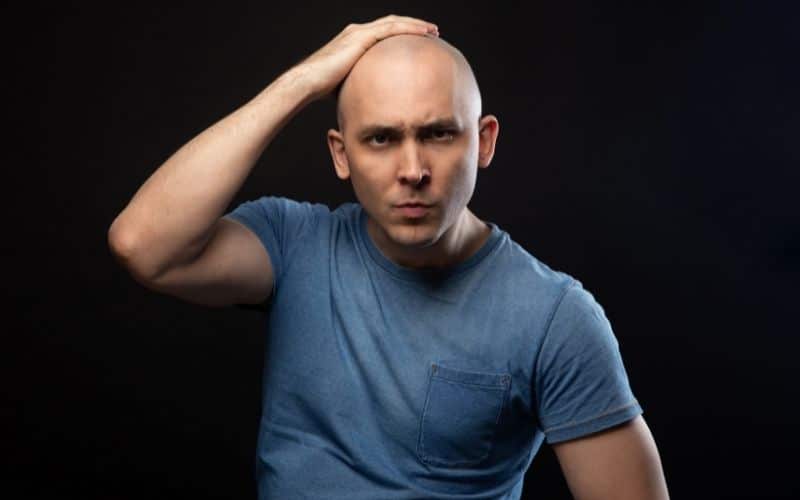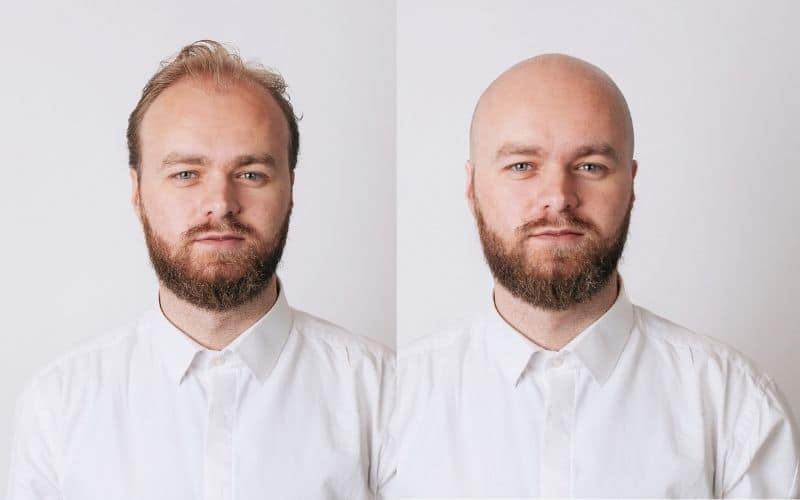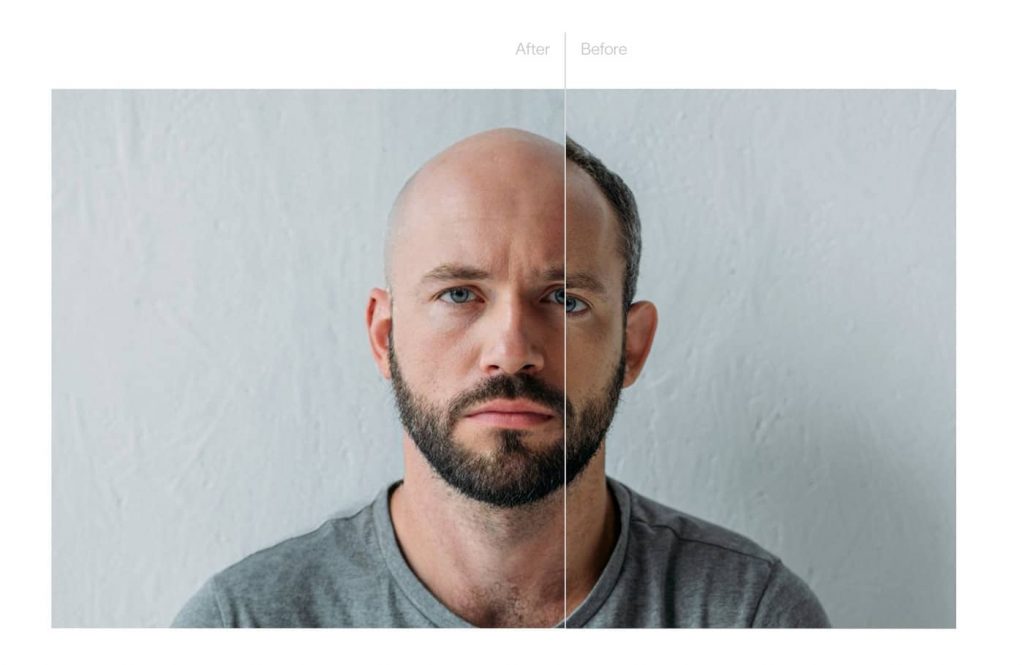The science surrounding mens hair loss is something we have only – kind of – been able to figure out in the past century. Unfortunately it’s far too complex to be 100% predicted or understood, but there has been extensive research into what causes hair loss.
Anatomist James B. Hamilton was the first to link androgenetic alopecia (or male pattern baldness) to three main factors in 1949.
Those three factors can then be broken down even more to understand what exactly causes hair loss in men and women.
Warning: technical science jargon trying to be explained in laymans terms ahead.
1. Genetics
The genes you inherit from either your maternal or paternal side of the family is the single biggest influence on your ability to go bald or not. In fact, it’s said that genetics are responsible for up to 80% of MPB. Unfortunately, the exact genetic make up that causes baldness isn’t known, but there is believed to be up to 63 genes that may play a role.

Did my mum or dad pass on the hair loss gene?
There’s long been a rumour that MPB comes from your maternal grandfather, due to the AR gene found on the X chromosome (which you can only inherit from your mother). This gene makes men more than twice as likely to experience hair loss so is strongly associated with MPB but isn’t responsible for every case. In the study mentioned above, only 6 of 63 genes were found on the X chromosome (coming from your mothers side).
Other research discovered that 80% of balding men, have bald fathers.
So in short, no one is really sure which side of your family is responsible for hair loss, but it’s probably a concoction of both.
Genetics are definitely the most important factor when looking at what causes hair loss though and even when discussing other contributing factors below, each will still depend on your genetic make up.
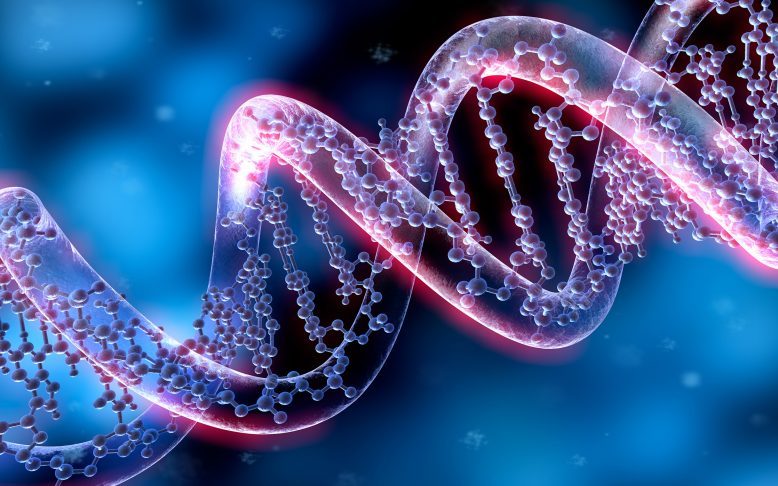
2. Androgens
Androgens are male hormones that regulate the development and maintenance of male characteristics. These include body hair, deeper voices and larger muscle mass.
Hair loss is mostly caused by your hair follicles reaction to the hormone DHT. DHT is a more potent androgen produced when an enzyme in the hair follicle mixes with testosterone. It causes hair follicles to thin and then either disappear or be too weak to hold hair. These processes still rely heavily on genetics.
So what needs to be inherited for hair loss to occur is both:
- the ability to make DHT.
- sensitivity to DHT (where the hair follicles become smaller when exposed).
How does Testosterone affect balding?
Testosterone is a key player in hair loss due to their close association with DHT. It also explains why more men suffer than women.
Whilst women can also have testosterone, men have much higher levels of it. Womens testosterone will peak in their 20s and 30s at around a level 3 or 4 before experiencing a significant drop for the rest of their lives. Men will see a sharp rise to a level 8-9 in their early teens and hold levels up to 10 until their 60s.
These differences of testosterone levels is a factor in why men experience more significant hair loss when compared to women.
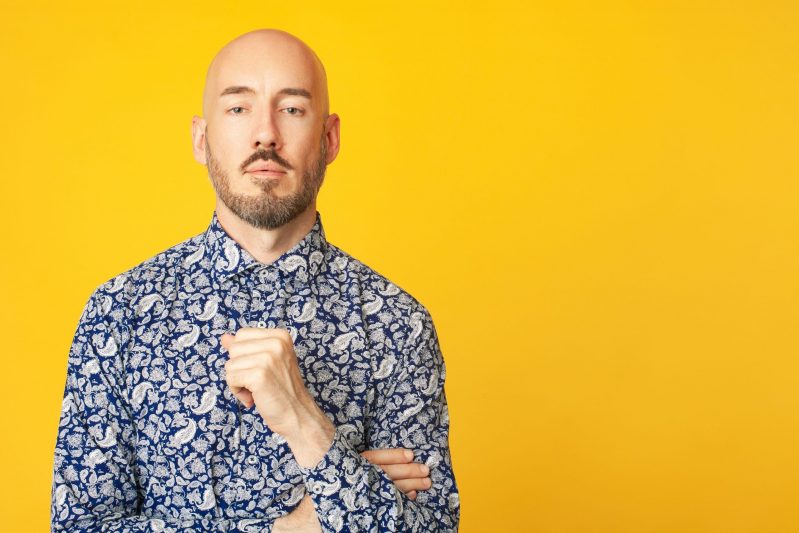
3. Age
Naturally, as you grow old your hair growth cycle will slow or deteriorate which will play a significant role in your own hair loss journey. The protein in your hair strands will become weaker, pores will shrink and growth of new hairs become slower.
Some statistics suggest a similarity in decades lived to percentage of men who will be going bald. For example, 20% of men in their 20’s, 30% in their 30’s and so on. Other research shows higher numbers of up to 85% of men who will be balding by the age of 50.
To understand hair loss and its association with age, we need to understand hair growth.
The three phases of hair growth
Hair growth is split into three phases: anagen, catagen, and telogen:
Anagen is the growth phase. Hairs stay in this phase for between 2 to 7 years. The longer it stays in this phase, the longer the hair will grows. Roughly 80-85% of hairs are in this phase.
Catagen is the renewing phase and lasts only 2 weeks.
Telogen is the resting phase. The hair follicles lie dormant for 1 to 4 months. Up to 20% of hairs are in this phase.
The cycle continues in this pattern and existing hair is pushed out of the follicle by the new growth.
As we age, our follicles stay in the telogen (resting) phase for longer, they get weaker and produce thinner hair before they eventually just stop producing new hairs altogether.
Summing up
Essentially, if you have family history of balding, you are male and you are ageing, it’s very likely you will experience hair loss at some stage in your life. But it’s important to remember it is more common than you think and work through those 7 stages of grief so you can overcome it and be the best bald version of yourself you can be/
Want to see what you will look like completely bald? Use our bald generator to get a personalised image sent to you.

